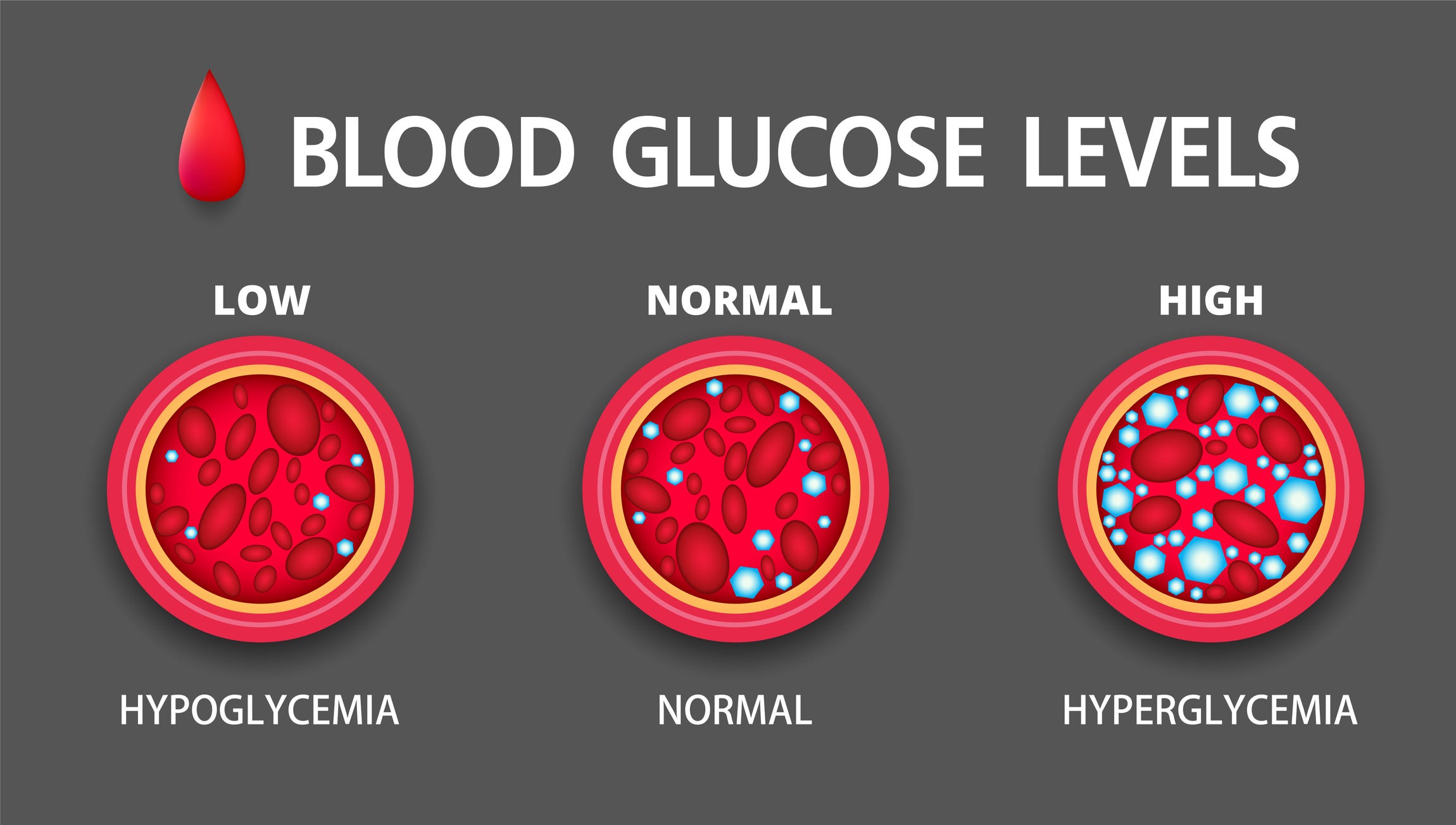
Supplements: How Do You Choose Them?
With thousands of supplements on the market, choosing the right one can feel overwhelming. Labels promise everything from energy and immunity to brain support and detox. But how do you actually know which supplements are worth taking—and which ones are right for your needs?
Choosing a supplement goes beyond flashy marketing and popular trends. It’s about understanding your personal wellness goals, identifying real nutritional gaps, and evaluating products based on transparency, sourcing, and scientific support. When done correctly, supplements can serve as a valuable tool for supporting the body’s normal structure and function.
This guide walks you through a step-by-step process to evaluate and select supplements that are safe, purposeful, and high in quality.
Table of Contents
- Step 1: Define Your Wellness Goals
- Step 2: Know the Types of Supplements Available
- Step 3: Understand Your Nutrient Needs
- Step 4: Choose Supplements Based on Evidence, Not Hype
- Step 5: Read Labels Carefully
- Step 6: Look for Quality Certifications
- Step 7: Assess Absorption and Bioavailability
- Step 8: Know When to Consult a Professional
- FAQs
- Conclusion
Step 1: Define Your Wellness Goals
Before choosing a supplement, it’s important to get clear on what you want to support. Are you looking to help support digestion, energy, immune resilience, or focus? Or are you simply trying to fill in nutritional gaps from your diet?
Being specific helps narrow your options. For example, someone looking to help support occasional stress may consider adaptogenic herbs, while someone with limited sun exposure might prioritize vitamin D3. A well-chosen supplement addresses a specific need and fits into a bigger picture of health, not a temporary fix.
Step 2: Know the Types of Supplements Available
Not all supplements are the same. They come in a wide range of categories, each offering different types of nutritional support. Understanding these categories can help you better identify what fits your wellness plan.
- Vitamins and Minerals: These foundational nutrients support everything from bone health to metabolism. Common examples include vitamin D3, magnesium, and zinc.
- Herbs and Botanicals: Plants like turmeric, ashwagandha, and milk thistle have been traditionally used to help support stress response, detox pathways, and inflammation balance.
- Probiotics and Enzymes: These may help support digestion and nutrient breakdown, contributing to gut health and post-meal comfort.
- Fatty Acids: Omega-3s and similar compounds may help support cardiovascular and cognitive function.
- Antioxidants and Adaptogens: Nutrients like vitamin C, CoQ10, and adaptogens like Rhodiola may help support cellular health and energy resilience.
Once you know which type of support you're looking for, you can begin narrowing your search within that category.
Step 3: Understand Your Nutrient Needs
Your age, diet, activity level, stress, and lifestyle all influence your nutrient needs. A college student, for example, may focus on B vitamins and immune support, while someone over 50 may prioritize calcium, magnesium, or joint-supportive compounds like collagen.
If you’re unsure about where your gaps may be, consider keeping a food journal for a few days or using a nutrition tracking app. These tools can help highlight areas where supplementation may make sense.
Working with a nutritionist or integrative health practitioner can also provide guidance tailored to your health goals and medical history.
Step 4: Choose Supplements Based on Evidence, Not Hype
It’s easy to be swayed by bold claims or flashy packaging. But the most effective supplements are those supported by traditional use, scientific research, or clinical study—not just trends.
Look for products that:
- Use standardized extracts or bioavailable forms (e.g., methylated B12 or chelated minerals)
- List ingredient amounts clearly—no “proprietary blends” with hidden dosages
- Avoid exaggerated promises like “instant weight loss” or “cure-all” benefits
- Reference human clinical trials or long-standing traditional uses
Choosing supplements backed by real evidence helps ensure you're supporting your body—not just following the latest marketing trend.
Step 5: Read Labels Carefully
Reading a supplement label is more than just checking the front of the bottle. The key details are usually on the back—where you'll find ingredient sourcing, dosage amounts, and any additional compounds included in the formula.
Here’s what to look for:
- Supplement Facts Panel: This outlines the serving size, active ingredients, and % Daily Value (DV) when applicable.
- Other Ingredients: Pay attention to binders, fillers, or artificial colors that may not serve any purpose for your wellness goals.
- Form of Nutrient: Some forms are more bioavailable than others—look for active forms such as methylated folate, magnesium glycinate, or calcium citrate.
- Structure/Function Claims: These legally describe how an ingredient may help support the body (e.g., “may help support immune function”). Be cautious of any disease claims, which are not allowed for dietary supplements.
Clean, clear, and accurate labels are signs of a trustworthy brand. If something is vague or difficult to verify, it’s worth looking elsewhere.
Step 6: Look for Quality Certifications
Third-party certifications can provide peace of mind that a supplement meets quality, purity, and potency standards. While not required, these seals show that a product has been independently tested.
Common certifications include:
- USP Verified: Confirms identity, strength, quality, and purity of ingredients
- NSF Certified: Ensures products meet strict safety and labeling standards
- Non-GMO Project Verified: Guarantees ingredients are not genetically modified
- cGMP (Current Good Manufacturing Practices): Indicates the facility adheres to FDA-regulated manufacturing protocols
Products without certifications aren’t necessarily unsafe, but these labels make it easier to confirm that what’s on the bottle is what’s in the bottle.
Step 7: Assess Absorption and Bioavailability
A supplement is only as helpful as its ability to be absorbed. Bioavailability refers to how easily your body can take in and use the active ingredient. Some forms of nutrients are better absorbed than others due to their structure or delivery method.
For example:
- Liquid supplements may offer faster absorption than tablets
- Chelated minerals (like magnesium glycinate) are often better tolerated than basic forms like magnesium oxide
- Liposomal delivery systems may help enhance absorption of fat-soluble nutrients
Choosing supplements in highly absorbable forms helps maximize their supportive potential without requiring unnecessarily high doses.
Step 8: Know When to Consult a Professional
While many supplements can be chosen independently, there are times when consulting a licensed practitioner is the best step. This is especially true if you:
- Take prescription medications that could interact with certain nutrients
- Are managing complex health conditions or symptoms
- Are pregnant, nursing, or planning to conceive
- Want help customizing a long-term supplement strategy based on lab results or dietary patterns
Professionals can help you avoid redundancy, monitor effectiveness, and choose quality supplements tailored to your goals and health status.
Frequently Asked Questions
How do I know if a supplement is working?
Track how you feel over time. Supplements often have cumulative benefits that may become noticeable within a few weeks to months of consistent use.
Can I take too many supplements?
Yes. Over-supplementing can lead to nutrient imbalances or unwanted side effects. It's best to avoid unnecessary overlap and stick to products that serve a clear purpose.
What’s the best time of day to take supplements?
That depends on the type. Fat-soluble vitamins (A, D, E, K) are best taken with food, while others like magnesium or probiotics may be recommended at specific times. Follow the label or a practitioner’s guidance.
Are expensive supplements better?
Not always. Price doesn’t guarantee quality. What matters more is ingredient transparency, sourcing, and third-party testing—not branding.
Conclusion
Choosing the right supplement doesn’t have to be confusing. By identifying your goals, understanding your body’s needs, and evaluating products for quality and transparency, you can make informed choices that truly support your well-being.
Remember: supplements work best as part of a bigger picture that includes a nourishing diet, movement, sleep, and stress support. When chosen with care, they can be a powerful part of your wellness routine.
Key Takeaways
- Start by defining your wellness priorities and nutrient needs
- Choose supplements backed by evidence—not just trends
- Read labels for form, dosage, and ingredient clarity
- Look for certifications that confirm product quality and safety
- When in doubt, consult a trusted practitioner to personalize your plan
Disclaimer
These statements have not been evaluated by the Food and Drug Administration. This content is not intended to diagnose, treat, cure, or prevent any disease.
References
- Healthline. How to Choose High-Quality Supplements.
- NIH Office of Dietary Supplements. What You Need to Know.
- Dickinson A., et al. (2018). Consumer beliefs and supplement usage. Nutrition Journal.
- Gershwin M. E., et al. (2015). Regulatory framework and consumer education. Clinical Reviews in Allergy & Immunology.
- Mason, P., et al. (2014). Factors affecting supplement bioavailability. Nutrition Bulletin.
















